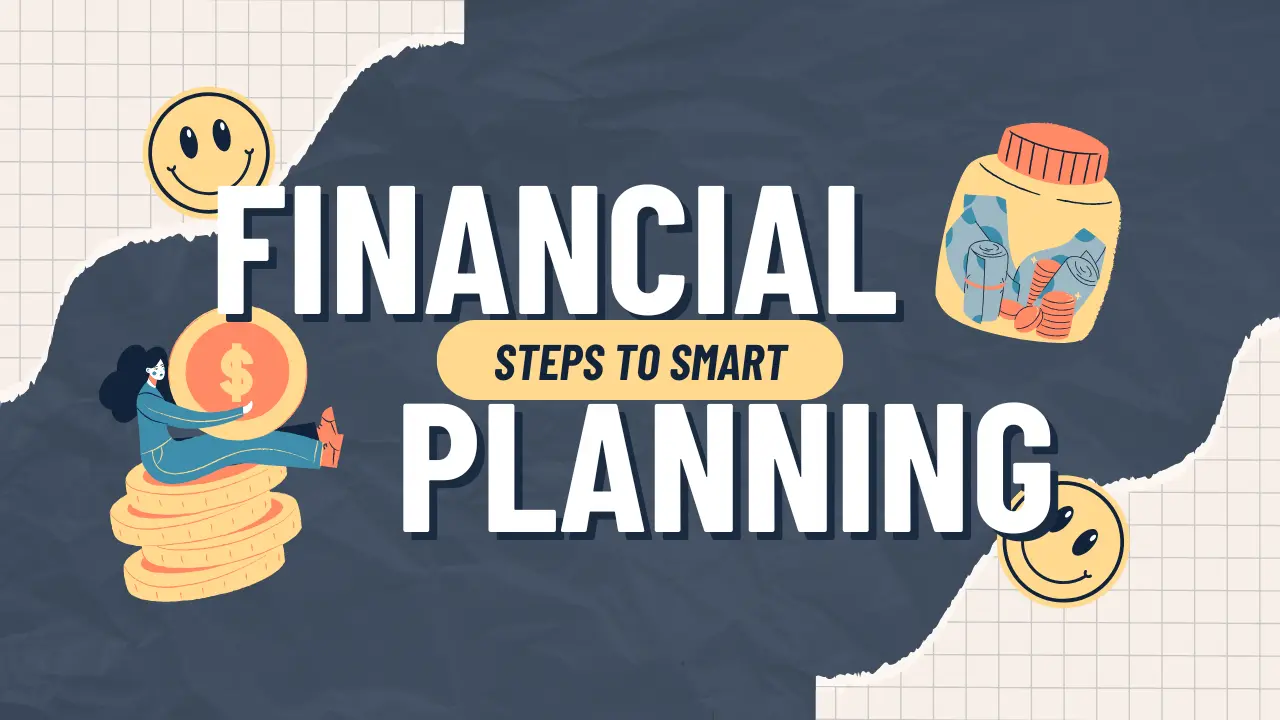Starting Over Doesn’t Have to Mean Starting from Scratch: Practical Steps Toward Financial Recovery

Starting over financially can feel like standing at the edge of a cliff—uncertain, overwhelming, and intimidating. But beginning again doesn’t mean you’ve lost everything. In fact, it can be an opportunity to rebuild with stronger foundations. Whether you’ve faced job loss, medical bills, or mounting debt, programs like Qualifying for IRS Fresh Start Initiative and personal financial strategies can help you take your next step forward with clarity and confidence.
Understanding Where You Are
The first step in financial recovery is to be honest about your current situation. Review your credit report, assess your debts, and calculate your monthly expenses. It may not be pleasant, but seeing the whole picture is essential to building a realistic plan. Once you know where your money is going, you can start making intentional changes.
It’s also important to understand the difference between fixed and variable costs. Fixed costs—such as rent, insurance, and car payments—are often non-negotiable, but variable costs, like groceries or entertainment, can be adjusted. Cutting back temporarily in these areas can free up funds to address more pressing financial obligations.
Creating a Budget That Works for You
A budget should not feel like punishment. Instead, it should serve as a flexible guide to help you prioritize your spending. Start by tracking every dollar for at least one month. This simple exercise often uncovers spending habits you may not have realized were draining your wallet.
Once you’ve gathered that information, allocate your income toward essentials, debt payments, and savings. If your income doesn’t stretch far enough, consider ways to earn more through part-time work, freelance gigs, or passive income opportunities. Recovery takes both cutting back and scaling up when possible.
People Also Read?
Rebuilding Credit Strategically
Credit recovery is a slow but manageable process. Pay at least the minimum on all debts each month to avoid late fees and dings to your score. If your debts are overwhelming, call your creditors to negotiate lower interest rates or better terms—they’re often more open than people assume.
Secured credit cards or credit-builder loans can also help you slowly rebuild your credit score if traditional credit is out of reach. Making consistent, on-time payments over several months will begin to restore your financial reputation and open new doors for future credit opportunities.
Addressing Tax Debt and Government Assistance
One of the most intimidating forms of debt is tax debt, and it’s often the most neglected. If you owe back taxes, avoiding the issue only leads to greater penalties and stress. Fortunately, the IRS offers several relief options to help individuals get back on track.
Among these is the IRS Fresh Start Program, which provides more lenient repayment options for qualifying individuals. Qualifying for the IRS Fresh Start Initiative can help you settle your tax debt over time without wage garnishments or constant IRS notices. It’s worth speaking with a tax advocate or financial expert to see if you meet the eligibility requirements.
In addition to tax relief, you may also qualify for state or federal assistance programs, depending on your circumstances. These can offer temporary relief for essentials like food, utilities, or housing while you work on stabilizing your income.
Building an Emergency Fund
Once the immediate crises are managed, your next goal should be building an emergency fund. Start small if needed—even setting aside $10 or $20 a week can add up over time. This fund acts as a buffer to prevent you from falling back into crisis when life inevitably throws another curveball.
Keep your emergency savings in a separate account to avoid accidental spending. As your income grows and your debt shrinks, increase your contributions. A well-stocked emergency fund is one of the most powerful tools for long-term financial stability.
Protecting Your Progress
Recovery isn’t just about digging out of a hole—it’s also about putting up guardrails to protect your future. Consider speaking with a certified financial planner, especially if your situation is complex. They can help create a comprehensive strategy tailored to your goals and risk tolerance.
Additionally, take advantage of financial education resources, many of which are available for free. From online courses to community workshops, learning more about budgeting, investing, and taxes can help you avoid past mistakes and make informed decisions going forward.
Conclusion
Financial setbacks are never easy, but they don’t have to define your future. Starting over can be a powerful opportunity to create a more intentional and resilient financial life. By taking strategic steps—like budgeting, repairing credit, and exploring solutions like the Qualifying for IRS Fresh Start Initiative—you can move forward with purpose and peace of mind. You may not be starting from scratch; you’re starting from experience, and that’s a powerful place to begin.
